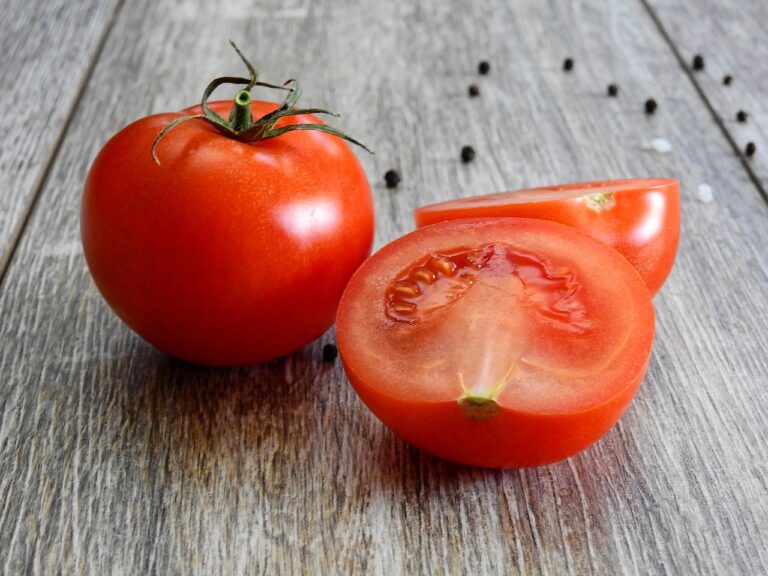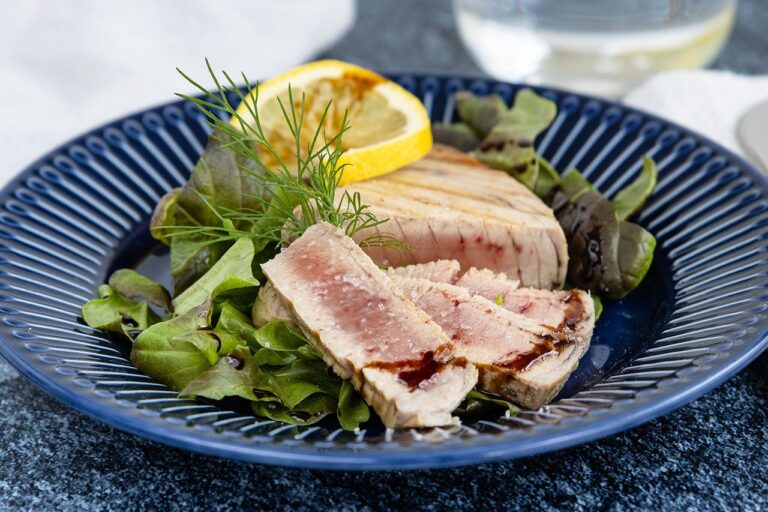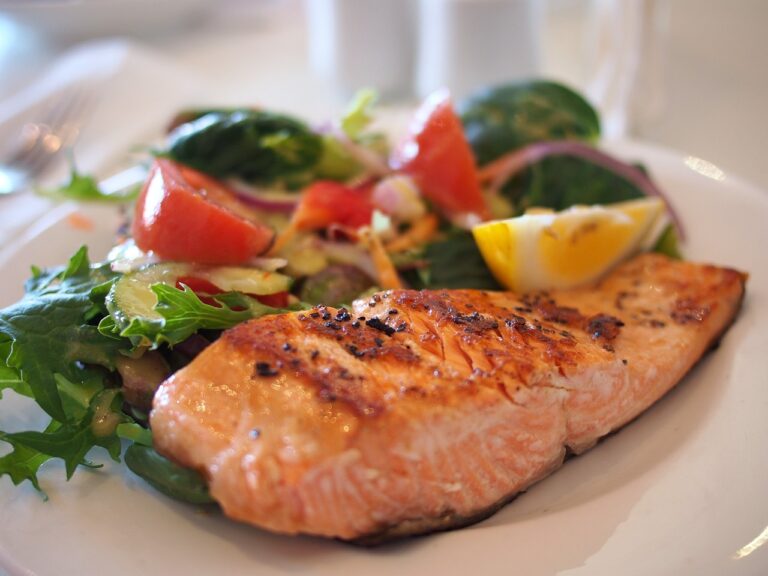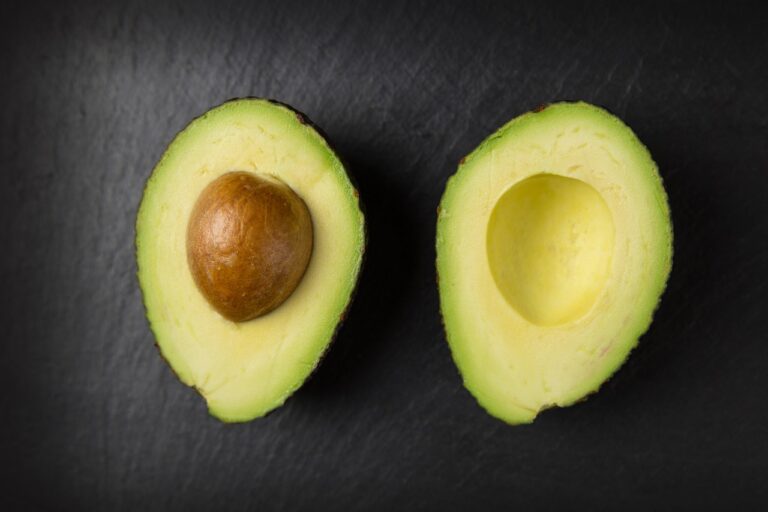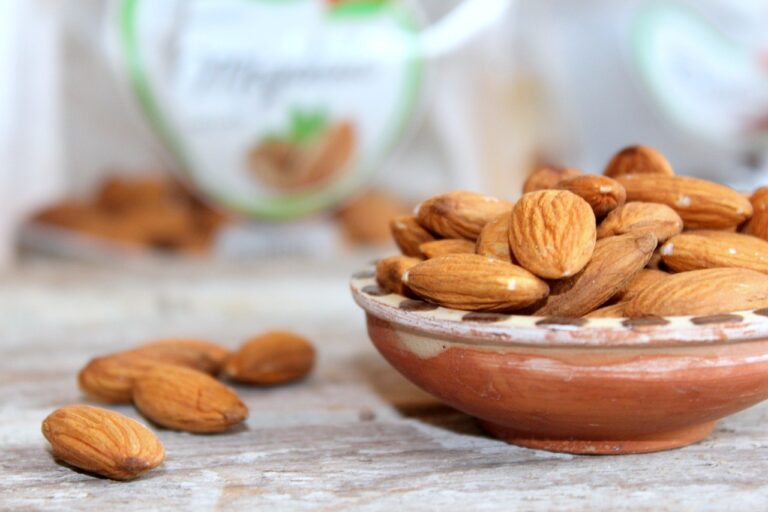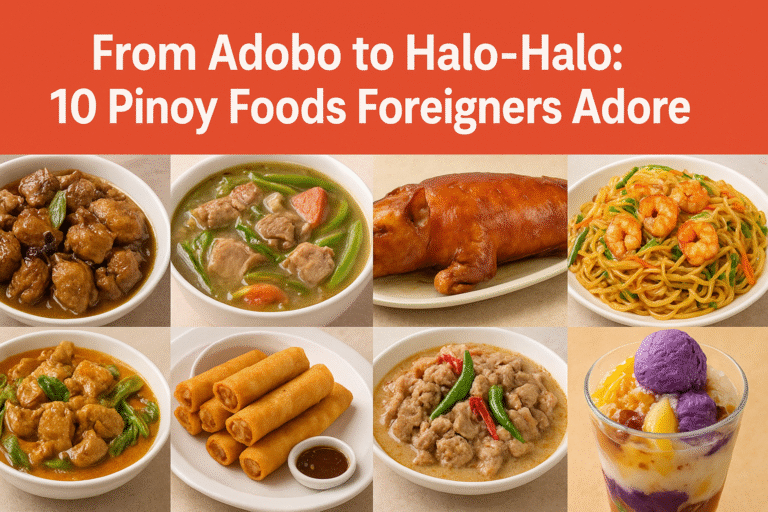10 Foods High In Iron
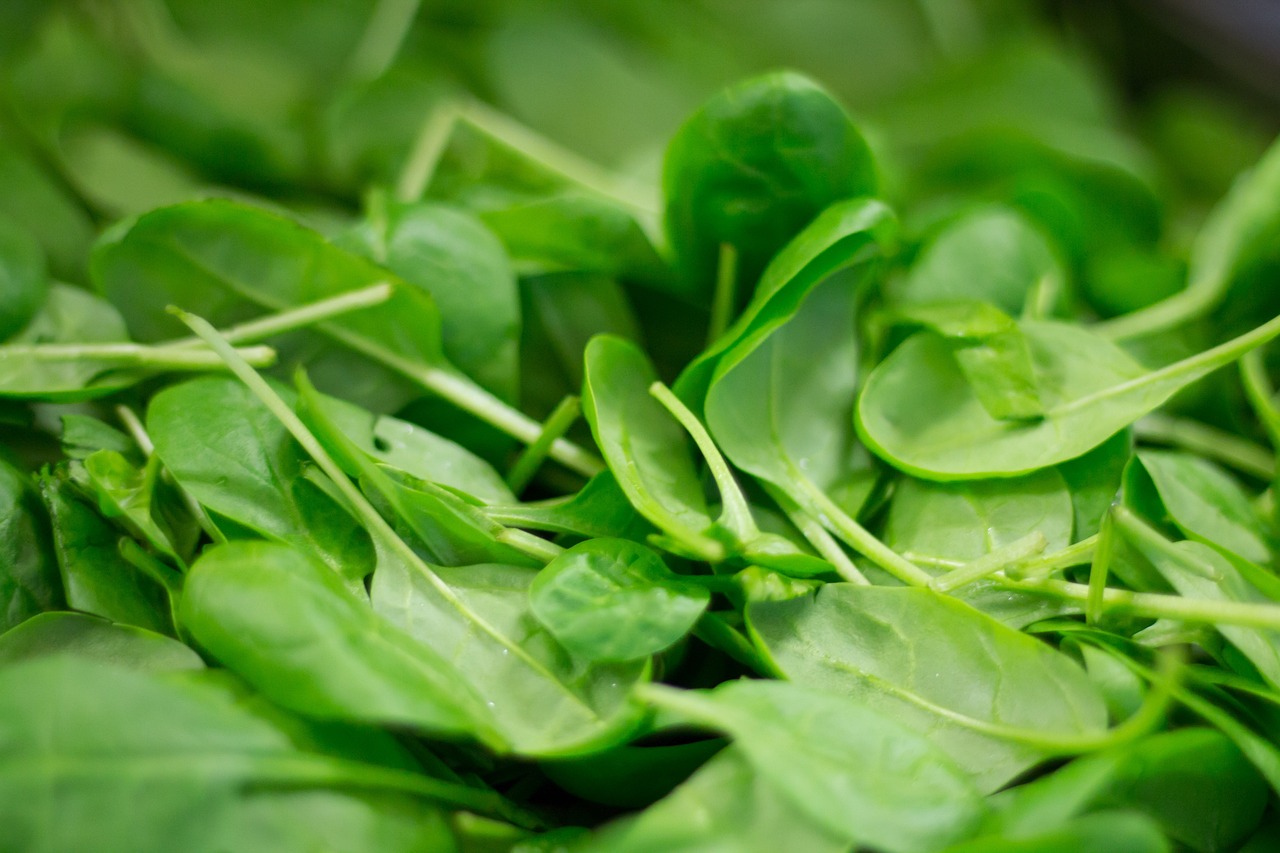
Iron is a vital mineral essential for various bodily functions, including the production of hemoglobin, which carries oxygen in the blood. A deficiency in iron can lead to anemia, fatigue, and weakened immune function. Incorporating iron-rich foods into your diet is crucial for maintaining good health. Here are ten foods that are particularly high in iron.
10 Foods High In Iron
1. Spinach
Spinach is a powerhouse of nutrients, including iron. It is especially rich in non-heme iron, which is the type of iron found in plant-based foods. One cup of cooked spinach contains about 6.4 milligrams of iron, making it a great choice for vegetarians and vegans looking to boost their iron intake.
Besides its iron content, spinach is also high in vitamin C, which enhances the absorption of iron. Incorporating spinach into your meals can be as simple as adding it to salads, smoothies, or as a cooked side dish. Its versatility and nutrient density make it an excellent addition to any diet.
2. Red Meat
Red meat, such as beef, lamb, and pork, is a rich source of heme iron, which is more easily absorbed by the body compared to non-heme iron found in plant foods. A 3-ounce serving of beef provides about 2.1 milligrams of iron. Regular consumption of red meat can help maintain healthy iron levels, especially for individuals with higher iron requirements.
However, it is important to balance red meat intake with other protein sources to avoid potential health risks associated with high consumption of red meat. Opting for lean cuts and incorporating a variety of protein sources can ensure a balanced diet.
3. Lentils
Lentils are a nutrient-dense legume that offers a significant amount of iron. One cup of cooked lentils contains around 6.6 milligrams of iron, which is about 37% of the daily recommended intake for adults. Lentils are also high in protein, fiber, and other essential nutrients, making them a great addition to any diet.
They can be used in a variety of dishes, such as soups, stews, salads, and even as a meat substitute in recipes. Their versatility, combined with their high iron content, makes lentils a valuable food for those looking to increase their iron intake, particularly vegetarians and vegans.
4. Pumpkin Seeds
Pumpkin seeds are not only a tasty snack but also a fantastic source of iron. Just one ounce of pumpkin seeds contains about 2.5 milligrams of iron. They also provide other essential minerals like magnesium and zinc, which contribute to overall health.
These seeds can be enjoyed on their own, added to salads, yogurt, or incorporated into baking recipes. Their convenient and portable nature makes them an easy way to boost your iron intake throughout the day.
5. Quinoa
Quinoa is a whole grain that is packed with iron, providing about 2.8 milligrams per cooked cup. It is also a complete protein, meaning it contains all nine essential amino acids, making it a particularly valuable food for vegetarians and vegans.
Quinoa is incredibly versatile and can be used in place of rice or pasta, added to salads, or served as a side dish. Its high iron content and nutritional profile make it a great staple for a healthy diet.
6. Tofu
Tofu, made from soybeans, is an excellent source of iron, especially for those following a plant-based diet. Half a cup of tofu provides about 3.4 milligrams of iron. Additionally, tofu is rich in protein and contains all essential amino acids, making it a highly nutritious option.
Tofu can be prepared in a variety of ways, including stir-frying, baking, or grilling. Its ability to absorb flavors from other ingredients makes it a versatile addition to many dishes, helping to increase your iron intake effortlessly.
7. Dark Chocolate
Dark chocolate is not only a delicious treat but also a surprisingly good source of iron. A 100-gram serving of dark chocolate (70-85% cocoa) provides about 11.9 milligrams of iron. This makes it an indulgent yet beneficial option for boosting iron levels.
In addition to iron, dark chocolate is rich in antioxidants, which can improve heart health and reduce inflammation. Enjoying dark chocolate in moderation can be a delightful way to enhance your diet with essential nutrients.
8. Chickpeas
Chickpeas, also known as garbanzo beans, are a fantastic source of iron, with one cup of cooked chickpeas containing about 4.7 milligrams. They are also high in protein, fiber, and various vitamins and minerals, contributing to a well-rounded, nutritious diet.
Chickpeas can be used in numerous dishes, from salads and stews to making hummus. Their versatility and high iron content make them a valuable addition to any meal plan aimed at increasing iron intake.
9. Oysters
Oysters are one of the most iron-rich seafood options available. A 3-ounce serving of oysters contains about 8 milligrams of iron. They are also high in other essential nutrients like zinc and vitamin B12, which support overall health.
Incorporating oysters into your diet can be as simple as enjoying them raw, steamed, or grilled. Their high nutrient density makes them an excellent choice for boosting iron levels, particularly for those who enjoy seafood.
10. Fortified Cereals
Many breakfast cereals are fortified with iron, providing an easy and convenient way to increase iron intake. The iron content can vary significantly between brands, but some cereals offer up to 18 milligrams of iron per serving, meeting 100% of the daily recommended intake.
Choosing fortified cereals that are also low in sugar and high in fiber can provide a nutritious start to your day. Pairing them with a source of vitamin C, like orange juice, can further enhance iron absorption, making fortified cereals an efficient and effective option for increasing iron levels.

